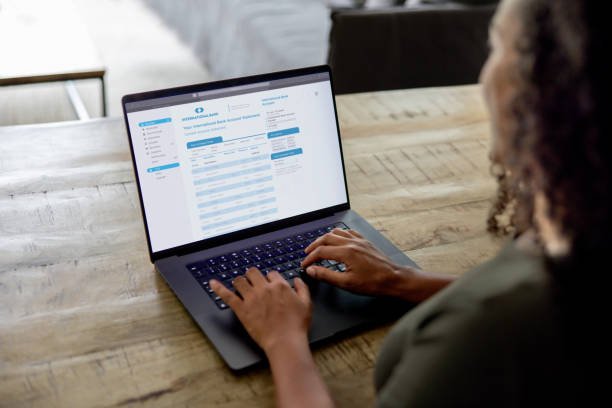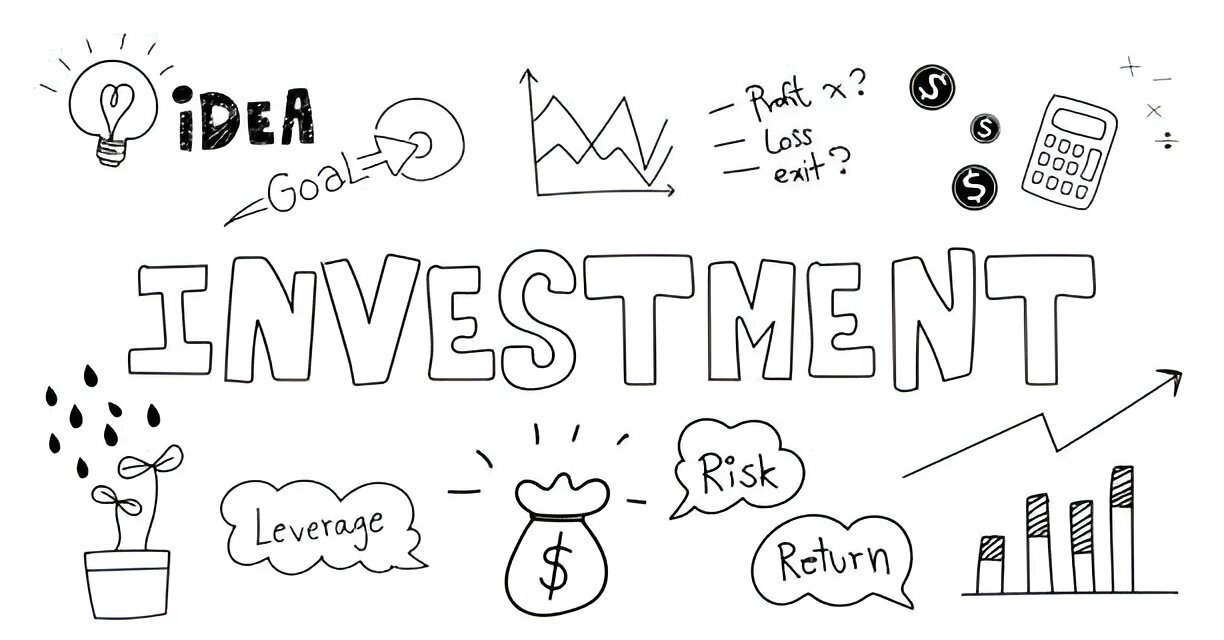Losing a job is never easy and in Texas, navigating the unemployment system can feel like a second full-time job. The bills don’t pause, the job market is crowded, and the pressure to “figure it all out” quickly is real. If you’re feeling stressed, confused, or just plain overwhelmed about how to get the most from Texas unemployment benefits in 2025, you’re not alone.
But here’s the good news: there are real strategies that work and knowing them can make the difference between getting by and getting ahead while you search for your next opportunity.
This guide isn’t just a rundown of how to file a claim. It’s a complete walkthrough of the best Texas unemployment benefits strategies that actually work based on real experiences, current rules, and expert insights tailored to what’s happening in 2025. From avoiding common mistakes that could cost you weeks of pay, to tips that help you get approved faster, to smart ways to supplement your income legally without risking your benefits we’ve got it covered.
By the end of this guide, you’ll know exactly how to:
- Maximize the amount you receive
- Stay in good standing with the Texas Workforce Commission (TWC)
- Avoid delays or denials
- Access other support programs that can help you stay afloat
If you’re serious about making the most of your benefits during this time, you’re in the right place. Let’s dive in.
2. Understanding Texas Unemployment Benefits (2025 Update)

Before you can make the most of unemployment benefits in Texas, you need to understand how the system works. Texas has its own rules, and in 2025, some policies have been updated from previous years especially in how claims are reviewed and processed. Getting a handle on the basics can help you avoid problems and set realistic expectations.
What Unemployment Insurance Is and Who Qualifies

Unemployment insurance in Texas is a state-managed program designed to temporarily support workers who lose their jobs through no fault of their own. It’s not a handout it’s a benefit you earn while working, funded by employer taxes. To qualify, you must have worked a minimum number of hours and earned enough wages during a specific time period (called the base period).
You also need to meet ongoing eligibility criteria, such as being physically able and available to work, and actively looking for new employment. If you were fired for misconduct or you quit without good cause, your claim could be denied.
How Long Benefits Last and How They’re Calculated
Most eligible Texans can receive up to 26 weeks of unemployment benefits. In some economic downturns, extended benefits may become available, but this isn’t always guaranteed.
The amount you receive each week (your weekly benefit amount or WBA) is based on your earnings during your base period. As of 2025, the WBA ranges from $72 to $577 per week. Texas uses the highest quarter of your earnings during the base period to determine your benefits, so filing at the right time can affect how much you qualify for.
3. Common Mistakes That Cost Texans Their Benefits

Even if you qualify for unemployment, it’s surprisingly easy to lose your benefits or get denied if you make common mistakes. The Texas Workforce Commission (TWC) is strict, and their system flags inconsistencies quickly. Knowing what to avoid is just as important as knowing what to do.
Filing Late or with Incomplete Information
Many claims get delayed or denied simply because of missing or incorrect information. If your name doesn’t match Social Security records, or you forget to list an employer from the base period, your claim can get stuck in review. Always double-check your application before submitting.
Late filings are also a big problem. You should file as soon as you lose your job. Waiting too long can cause you to lose weeks of benefits even if you’re eventually approved.
Failing to Meet Weekly Job Search Requirements
In Texas, you’re required to actively search for work every week and document your efforts. If you don’t meet the required number of job contacts or fail to submit them correctly, TWC can pause or stop your benefits.
Even if you’re doing the work, poor recordkeeping can work against you. Keep a simple job search log with dates, employer names, application methods, and results. You’ll need this if you ever get audited or asked to verify your activity.
4. Proven Strategies to Maximize Your Texas Unemployment Benefits

Unemployment isn’t just about surviving it’s about using every tool available to stretch what you’re entitled to. With the right timing and attention to detail, you can legally increase your benefits and avoid reductions.
Time Your Claim for a Better Base Period
The amount of benefits you receive is based on a 12-month base period that ends a few months before you file. If you’ve recently had a high-earning quarter that isn’t yet included in the base period, you might get a lower benefit amount.
If you’re close to crossing into a new base period that includes higher wages, it might be worth delaying your claim by a few weeks especially if you’re getting severance pay or using vacation time. This strategy only works if you don’t need benefits immediately, but it can increase your weekly payout significantly.
Report Part-Time Earnings the Smart Way
You can work part-time while collecting unemployment, but you must report any earnings. Many Habits Of Rich People That Will Change Your Life”>Habits Of Rich People That Will Change Your Life”>Habits Of Rich People That Will Change Your Life”>Habits Of Rich People That Will Change Your Life”>Habits Of Rich People That Will Change Your Life”>Habits Of Rich People That Will Change Your Life”>Habits Of Rich People That Will Change Your Life”>Habits Of Rich People That Will Change Your Life”>Habits Of Rich People That Will Change Your Life”>Habits Of Rich People That Will Change Your Life”>Habits Of Rich People That Will Change Your Life”>Habits Of Rich People That Will Change Your Life”>Habits Of Rich People That Will Change Your Life”>Habits Of Rich People That Will Change Your Life”>Habits Of Rich People That Will Change Your Life”>Habits Of Rich People That Will Change Your Life”>Habits Of Rich People That Will Change Your Life”>Habits Of Rich People That Will Change Your Life”>people-that-will-change-your-life” title=”10 Habits Of Rich People That Will Change Your Life”>people lose benefits or end up repaying them because they misreport this.
The key is understanding Texas’s earnings deduction rule. TWC reduces your weekly benefit by the amount you earn over 25% of your WBA. So if your benefit is $400, you can earn $100 without penalty. Anything above that will reduce your benefit dollar-for-dollar. Keep accurate records and use this to your advantage by working just under the limit if possible.
5. Navigating the Texas Workforce Commission (TWC) Like a Pro
TWC processes thousands of claims weekly, and their system isn’t always intuitive. Learning how to work with them not against them can save you weeks of frustration.
Submitting Weekly Certifications on Time
Every week, you need to request payment by submitting a certification. This tells TWC you’re still eligible, searching for work, and reporting any income. Miss one week, and you risk losing benefits or having to reapply.
Make it a habit. Set a weekly reminder on your phone or calendar. Most Texans use the TWC UI portal or Tele-Serv phone system to do this. It only takes a few minutes but is critical to staying current.
What to Do If You’re Denied or Stuck in Review
If your claim is denied or delayed, don’t panic. Start by reading the determination letter carefully it will tell you what TWC found and why. In many cases, you can file an appeal online or by mail within 14 days.
If you’re stuck in identity verification or waiting for a review, try calling early in the morning or using the TWC Virtual Assistant to book a callback. Be persistent, stay polite, and document every contact in case you need to escalate your issue.
6. Insider Tips for Getting Approved Faster
Getting approved for unemployment isn’t always quick but there are a few things you can do to speed up the process.
Gather Key Documents Before You File
Have all your personal details, work history, and wage information ready. This includes your Social Security number, employer contact info, start and end dates, and pay stubs. The more accurate and complete your application, the fewer delays you’ll face.
Also, be sure to have a working email and phone number tied to your claim. Missed messages from TWC can lead to missed deadlines and delays.
Avoid Getting Flagged for Fraud
Texas uses automated systems to flag suspicious claims. Common triggers include multiple applications from the same IP address, inconsistencies between employers listed on the claim and state records, or mismatched SSNs.
To stay in the clear, make sure your information matches exactly with official documents. Never exaggerate wages or job separation details. And don’t file on public Wi-Fi or with a VPN TWC systems may flag that as a fraud risk.
7. Pandemic Lessons: What Changed and What Remains in 2025
The pandemic taught us a lot about unemployment especially how quickly the system can change. In 2025, some of those changes remain, while others have been rolled back.
Extended and Emergency Benefits Have Ended (For Now)
During COVID-19, the federal government provided extra weeks of benefits and higher payouts. Those programs ended, but many people still assume they’re available.
As of now, only the standard 26 weeks apply in Texas, unless a future recession triggers new federal extensions. It’s important to plan accordingly if you’re running out of benefits, start planning other income sources now.
Digital Tools Are Here to Stay
TWC launched new digital systems during the pandemic, including an improved online portal and faster ID verification tools. While they still have bugs, these tools make it easier to file, certify, and communicate with TWC.
Sign up for email notifications through your online portal, and use the virtual callback system when phone lines are busy. These tools can save you hours of waiting.
8. Supplementing Unemployment: Legal Side Hustles and Support Programs
Unemployment won’t cover all your expenses but you can supplement it legally with part-time gigs or public assistance, without breaking the rules.
Gigs That Won’t Jeopardize Your Benefits
Freelancing, driving for Uber, or doing deliveries can help make ends meet, as long as you report the income. The trick is to track what you make weekly and report only gross income to TWC.
Consider low-commitment jobs that let you set your schedule, like user testing, freelance writing, or tutoring. They give you flexibility to keep looking for full-time work while keeping you within benefit limits.
Stackable State and Federal Aid
Don’t overlook programs like SNAP (food stamps), Medicaid, or utility assistance programs available in Texas. You can qualify for these even if you’re receiving unemployment, especially if you have dependents.
Visit YourTexasBenefits.com to see what you’re eligible for. These programs are there to help, and applying early can reduce stress while you’re searching for a job.
9. Real Stories: Texans Share What Actually Worked
Sometimes, the best advice comes from those who’ve already walked the road. These brief real-life examples show how others in Texas made the system work for them.
Maria’s Smart Timing Strategy
Maria lost her job in December 2024 but waited until January 2025 to apply. Why? She knew her last quarter of high earnings wouldn’t count if she filed too soon. By waiting two weeks, she increased her weekly benefit from $325 to $470. That extra $145/week made a real difference.
She also kept a detailed spreadsheet of her job search and submitted it every two weeks, which helped her sail through a TWC audit with no issues.
James’ Appeal Win
James was denied benefits because his employer claimed he quit voluntarily. He knew that wasn’t true, so he appealed. He showed email records proving he was laid off during budget cuts. His appeal was approved in under two weeks, and he got backpay for six weeks.
The takeaway? Don’t accept a denial without reading the letter carefully and presenting your side. The appeal process works if you work it.
10. Final Thoughts: Your Texas Unemployment Roadmap
Unemployment isn’t just about waiting for checks. It’s about understanding the system, taking the right Actionable Steps That Will Help Your Career Shift [Elo…”>Actionable Steps That Will Help Your Career Shift [Elo…”>Actionable Steps That Will Help Your Career Shift [Elo…”>Actionable Steps That Will Help Your Career Shift [Elo…”>Actionable Steps That Will Help Your Career Shift [Elo…”>Actionable Steps That Will Help Your Career Shift [Elo…”>Actionable Steps That Will Help Your Career Shift [Elo…”>Actionable Steps That Will Help Your Career Shift [Elo…”>Actionable Steps That Will Help Your Career Shift [Elo…”>Actionable Steps That Will Help Your Career Shift [Elo…”>Actionable Steps That Will Help Your Career Shift [Elo…”>Actionable Steps That Will Help Your Career Shift [Elo…”>Actionable Steps That Will Help Your Career Shift [Elo…”>Actionable Steps That Will Help Your Career Shift [Elo…”>Actionable Steps That Will Help Your Career Shift [Elon musk Steps]”>Actionable Steps That Will Help Your Career Shift [Elon musk Steps]”>Actionable Steps That Will Help Your Career Shift [Elon musk Steps]”>Actionable Steps That Will Help Your Career Shift [Elon musk Steps]”>steps-that-will-help-your-career-shift-elon-musk-steps” title=”15 Actionable Steps That Will Help Your Career Shift [Elon musk Steps]”>steps, and staying active in your job search. With the right information, you can reduce stress, avoid delays, and get the full amount you’re entitled to.
Keep this guide as your go-to reference. Stay organized, keep records, and take advantage of every benefit available to you. And if you ever feel stuck, remember: persistence and preparation pay off.















Loading comments...
Leave a Comment(Login required)